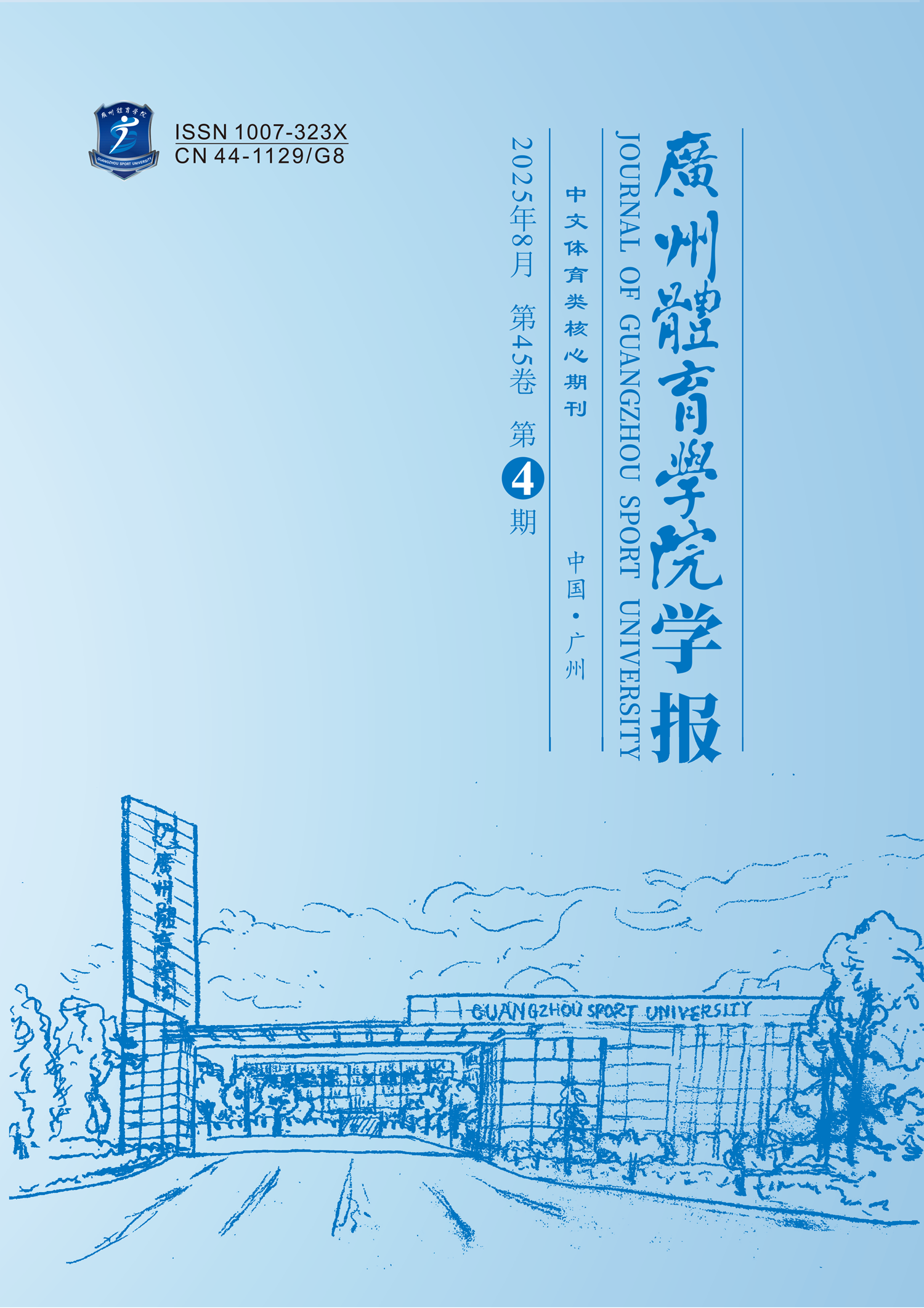MENG Qing-hui, CHAI An-qi, WANG Ao-zhe, ZHAO Li
Objective: Regular exercise induces physiological adaptation through proteomic remodeling, but the mechanisms of cross-tissue interactions, exercise modality specificity, and the influence of population heterogeneity remain unclear. This study integrates 24 proteomics studies through systematic review and meta-analysis to explore the regulatory patterns of different exercise modalities (aerobic, resistance, combined) and how population characteristics affect the proteome. Methods: A comprehensive search strategy was applied across multiple databases, including PubMed, Web of Science, EBSCO, and CNKI, with the search period from January 2005 to December 2024. Results: (1) Cross-tissue analysis identified six exercise-responsive proteins: apolipoprotein A1 (APOA1), apolipoprotein B (APOB), microfibrillar-associated protein 4 (MFAP4), alpha-1-antitrypsin (SERPINA1), heat shock protein beta-1 (HSPB1), and thimet oligopeptidase 1 (THOP1). (2) In skeletal muscle, aerobic exercise-related differentially expressed proteins (DEPs) were predominantly involved in mitochondrial oxidative phosphorylation, while resistance exercise-related DEPs were mainly associated with myofibril protein synthesis. Both aerobic and combined exercise-related DEPs were involved in regulating blood signal receptor activities. (3) Proteins with population-specific expression patterns included heat shock cognate 71 kDa protein (HSPA8), transthyretin (TTR), and prolyl endopeptidase FAP (FAP). (4) Meta-analysis revealed consistent expression trends for proteins such as HSPD1 and FAP (pooled effect size, P < 0.05), although some proteins exhibited high heterogeneity (I2> 90%). Conclusion: APOA1, APOB, MFAP4, SERPINA1, HSPB1, and THOP1 showed stable responses across tissues, indicating their potential as biomarkers for exercise adaptation. The differentially expressed proteins specific to healthy and diseased populations differed. This study provides valuable insights into tissue- and population-specific proteomic remodeling induced by exercise, offering molecular evidence for understanding exercise adaptation mechanisms and the development of personalized exercise prescriptions.
